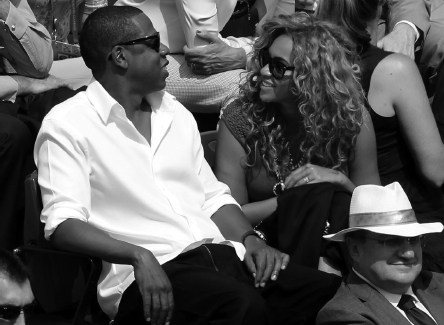Stable Stage
Stable Stage
Page 160
By the time partners reach the stable stage, their relationship is no longer volatile or temporary. They now have a great deal of knowledge about one another, their expectations are realistic, and they feel comfortable with their motives for being in the relationship. According to Goss and O’Hair (1988), relationships reach the stable stage when uncertainty reduces to the point where partners feel comfortable understanding each other’s preferences and goals. That doesn’t mean, however, that stable relationships are set in stone, as the partners and their goals can still change.

Knapp and Vangelisti (2000) note two substages that occur during the stable stage. First, we see relational partners integrating or “becoming one.” You and your roommate Dana now cultivate common friends, develop joint opinions, and may share property. People also treat you as a pair—one of you would never be invited to a party without also inviting the other one. If the relationship progresses beyond integrating, bonding takes place, the stage of the relationship when two partners share formal symbolic messages with the world that their relationship is important and cherished. Becoming engaged, getting married, joining in civil union, and entering into legal contracts (such as buying a house together) are common ways to distinguish that a romantic couple has bonded.
Life’s challenges inevitably arise for partners in a stable relationship, so each individual will need to determine if the benefits of the relationship (such as intimacy or companionship) outweigh the costs that these challenges represent. The relationship can evolve to meet those challenges and remain stable. This is why Marge puts up with Homer’s antics on The Simpsons. However, if one or both partners feel that the costs outweigh the benefits, the relationship may go into decline. For a few tips on developing and maintaining stable relationships, see Table 7.3.
| Table 7.3 Strategies for Managing Stable Relationships | |
| Strategy | Examples |
| Remember what made you interested in the relationship in the first place. |
|
| Spend quality time together. |
|
| Be understanding. |
|
| Express affection. |
|
| Have realistic expectations. |
|
| Work on intimacy. |
|
Sources: Dindi & Timmerman (2003); Gilbertson, Dindi, & Allen (1998); Goffman (1971); Harvey, Weber, & Orbuch (1990); Stafford (2003); Vangelisti & Banski (1993).